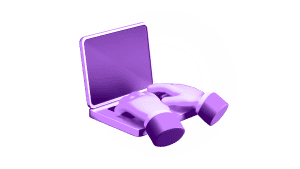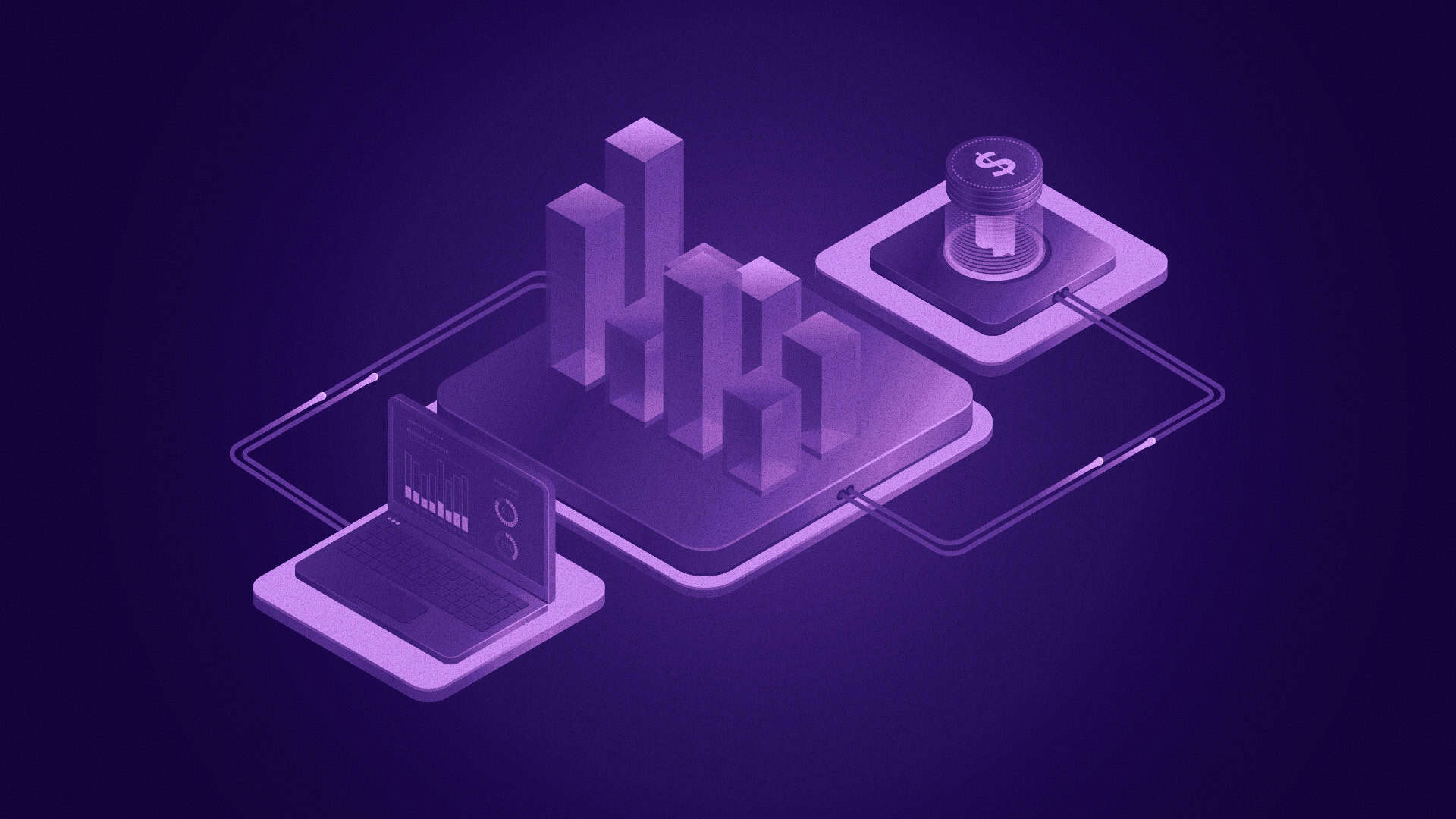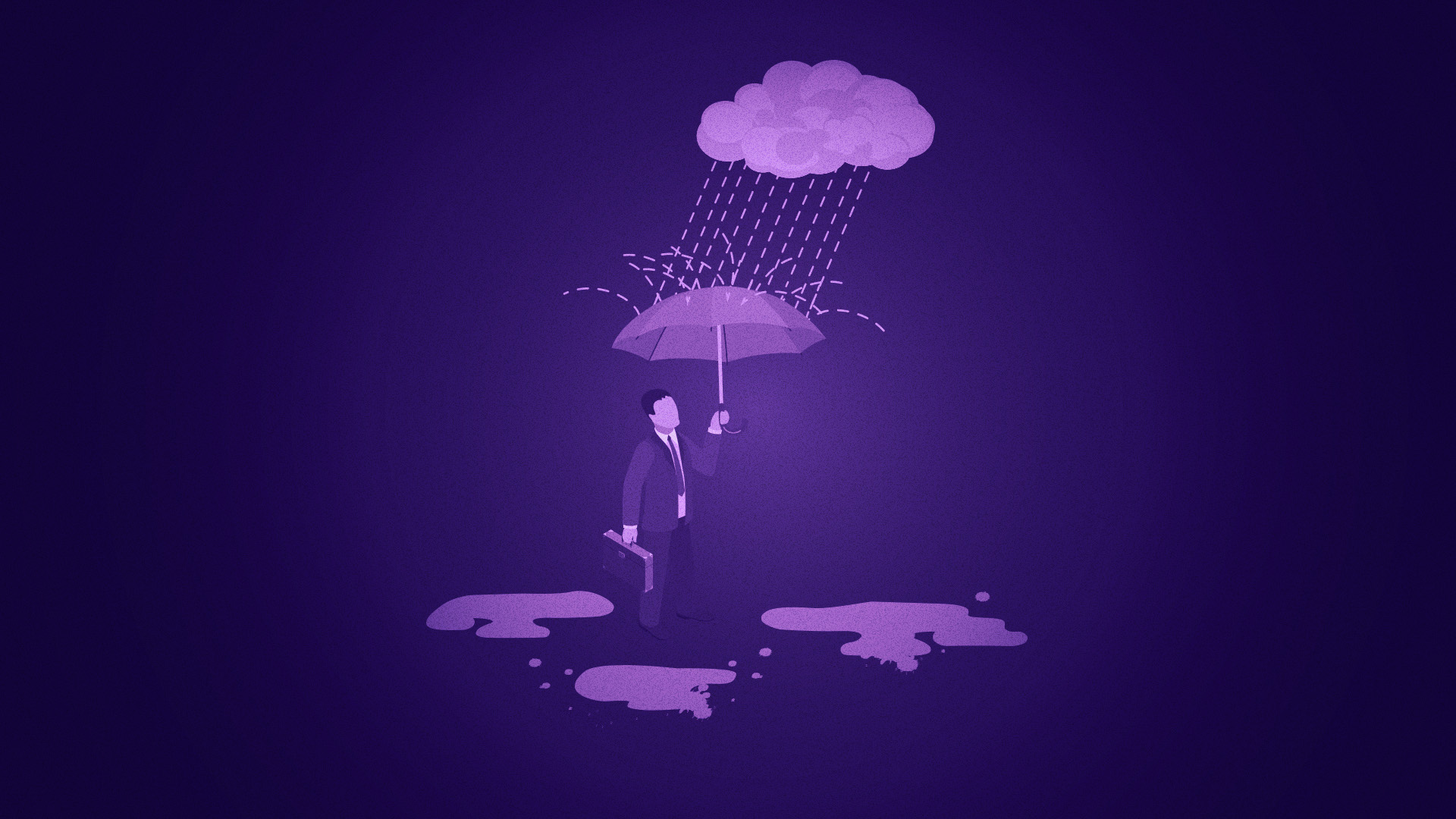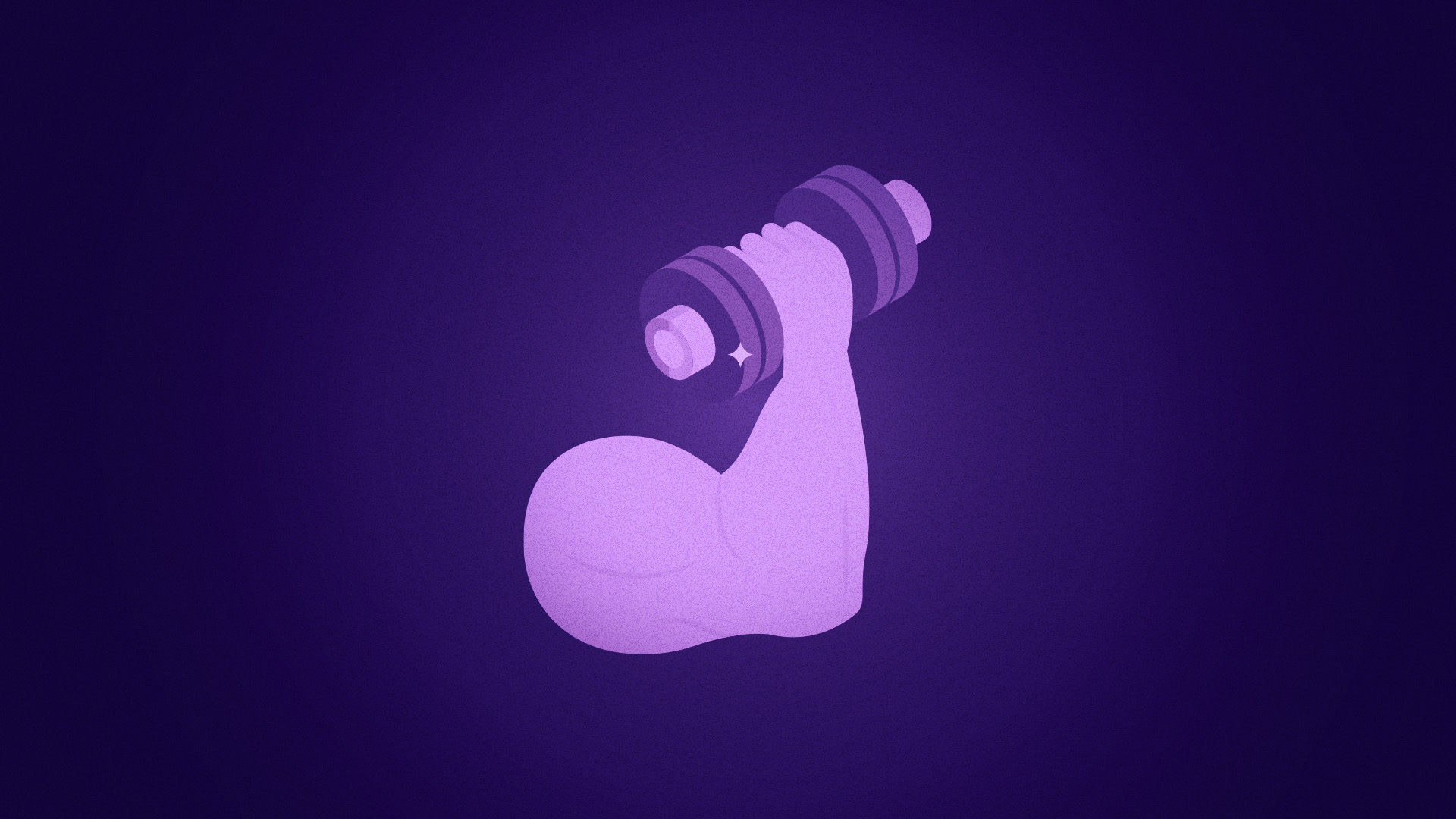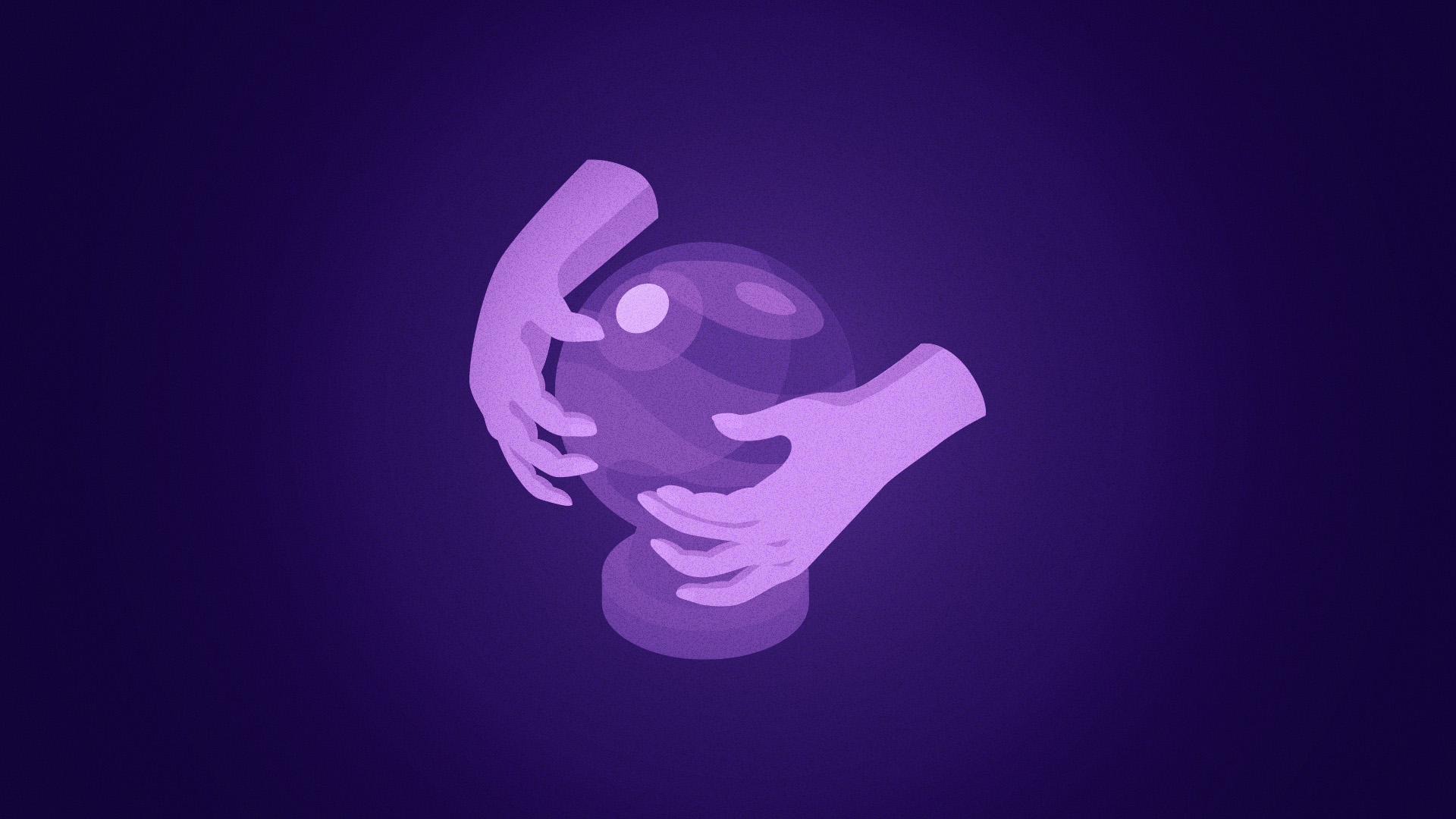If you’ve ever placed a crypto trade only to notice the final price didn’t match what you expected, you’ve experienced slippage. It happens when the price of a cryptocurrency shifts between the time you place an order and the moment it’s executed.
Slippage is especially common in fast-moving markets or when trading large amounts. While it’s a normal part of crypto trading, it can affect your profits if left unchecked.
By understanding how slippage works, along with tools like slippage tolerance settings, market order strategies, and slippage protection, you can make smarter trades and reduce unwanted price surprises.
Slippage Meaning in Crypto – A Simple Definition
Ever tried to buy something online that said $50, only to see $55 at checkout? Annoying, right? That little price jump is a lot like what happens in crypto trading, and that, my friend, is what we call slippage.
So, what’s the slippage meaning crypto traders always talk about? Put simply, it’s the unexpected price change that happens between the time you place a trade and when it actually goes through. Maybe you wanted to buy Bitcoin at $30,000, but by the time your order got filled, the price had jumped to $30,250. That $250 difference? That’s slippage.
This happens for a couple of reasons: either the market’s moving fast (volatility) or there just isn’t enough trading volume at your target price (low liquidity). Think of it like trying to buy the last slice of pizza at a party… right as everyone else rushes in. Prices get snapped up before you can grab your slice.
Bottom line: slippage is that sneaky order execution gap that can throw off your plans. But don’t worry, once you understand it, you can dodge some of the biggest surprises in crypto trading.
Why Does Slippage Happen in Crypto?
Crypto moves fast, prices change in seconds,and that’s exactly why slippage creeps in. You go in expecting one price, the market shifts mid-click, and boom: you end up paying more (or less, if luck’s on your side).
Here’s what’s really going on: crypto trades — whether on a decentralized exchange (DEX) like Uniswap or a centralized exchange (CEX) like Binance — don’t wait around for you. They’re executed based on what’s available right now. If there’s not enough of the token at your target price, the system scrambles to fill your order at the next best price. And that’s where slippage bites.
Now, slippage tends to spike when a few things go sideways:
- You’re placing a big order that eats through the order book.
- The pool of tokens is shallow, also known as low liquidity.
- The market is throwing tantrums —major market volatility.
Think of it like trying to buy concert tickets when everyone else is rushing the site. Prices jump, seats vanish, and you either pay more or miss out. Also, price impact plays a role too. If your trade moves the market even slightly, you might be the one causing your own slippage. Harsh, but true.
At the end of the day, slippage isn’t some evil glitch in the matrix. It’s just how crypto trading works in a world that never slows down.
What Is Slippage Tolerance in Crypto?
Slippage tolerance is basically your personal line in the sand. It’s the maximum percentage of price difference you’re okay with when your trade goes through. If the market price changes more than that, the trade fails. Simple as that.
Let’s say you set your slippage tolerance to 1%. That means if you try to buy a token at $100, but it jumps past $101 before the trade settles, the platform cancels it. No funny business, no sneaky price switches. You’re in control, that’s the whole idea behind user-defined control.
Most trading platforms, like Uniswap or PancakeSwap, let you tweak this number manually. And while it might be tempting to crank it up just to get the trade through, that’s where things get dicey. Set it too high, and you might end up overpaying,or worse, getting picked off by bots running MEV (Maximal Extractable Value) plays.
So here’s the deal: treat slippage tolerance like a risk setting. Be smart about it. Small trades in a liquid market? You can keep it tight, maybe 0.1% or 0.5%. But if things are moving fast, you might need to loosen the reins just a bit.
At the end of the day, it’s your money. Don’t let price swings or shady bots catch you slipping.
Are There Slippage Fees?
The answer is no, there’s no slippage fee. Nobody’s charging you a slippage tax. It’s not a platform fee. It’s just the reality of how crypto trades go down in the wild — fast, messy, and sometimes a little unpredictable.
What you’re really seeing is an execution cost, the difference between the price you thought you’d get and the one you actually got. That price deviation hits your wallet, sure, but it doesn’t go to Binance or Uniswap or anyone else. It’s just the market doing its thing.
Now, some platforms get a bit cheeky and label it “slippage loss,” which can sound like you’re getting charged. But don’t let the wording throw you off. Unlike trading fees, which are fixed and clearly stated (like 0.1% per trade), slippage is a byproduct of market movement, not a line item on your invoice.
So if you ever feel like you’re being “slipped,” you probably are. But it’s not some secret charge,it’s just the cost of moving fast in a chaotic market.
How to Minimize Slippage in Crypto
Let’s be real, you’ll never fully dodge slippage. But you can make it less painful. It’s all about having a smarter trading strategy, not just clicking “swap” and praying.
First off, time matters. Try to trade during peak hours when markets are buzzing. That’s when there’s more liquidity, meaning more buyers, sellers, and tighter price gaps. Think of it like shopping at a busy market: better deals, less awkward surprises.
Next tip: limit orders. Unlike market orders that just grab whatever’s out there, limit orders say, “I’m only buying at this price or better.” You get control, not chaos. Not every platform supports it for every token, especially the tiny ones, but it’s a tool worth using when you can.
Avoid going full whale on small tokens. Placing a huge buy on a coin with a weak liquidity pool? That’s basically asking to get wrecked on price. This happens a lot with Fan Tokens or newer assets, great communities, but not always the deepest order books.
Also, don’t skip the basics: check the token pair’s depth before pulling the trigger. Some platforms show live data so you can see how much your trade might move the price. It’s boring but smart.
Bottom line? Slippage doesn’t have to bite hard, but only if you trade with your head, not your hopes.
Example – How Slippage Works in Real Life
Let’s say you’re trying to swap 100 USDC for CHZ. You check the rate — looks good. The expected rate is 0.10 CHZ per USDC. So naturally, you’re thinking:
“Sweet, I should get 1,000 CHZ.”
But while you’re approving the transaction, the market shifts, maybe a whale jumps in, or the order book thins out. By the time your trade hits, the rate has dropped to 0.097 CHZ per USDC.
Now what? You only get 970 CHZ.
That missing 30 CHZ? That’s crypto slippage explained in action. It’s not a bug. It’s just how fast-moving, real-time markets work — especially in crypto.
Let’s break it down real quick:
- What you wanted:
100 USDC × 0.10 = 1,000 CHZ - What you got:
100 USDC × 0.097 = 970 CHZ - Slippage:
3%
So yeah, that’s how a tiny price shift can eat into your total. That’s the slippage percentage in crypto — and it adds up, especially when you’re trading in volatile markets or low-liquidity pairs.
Conclusion: Slippage Is Part of the Game — But You’ve Got Options
At the end of the day, slippage isn’t some hidden scam or shady fee. It’s just the cost of trading in a fast, open market — especially in crypto where prices can swing like a wrecking ball. Whether you’re on a DEX like Uniswap or a CEX like Binance, you’re gonna feel it at some point.
But here’s the good news: you don’t have to take it lying down. With the right trading strategy, like using limit orders, checking liquidity pools, or setting smart slippage tolerance levels, you can dodge the worst of it.
Yeah, it’s annoying, it can hit harder when you’re dealing with Fan Tokens or lesser-known coins. But once you understand how it works, it stops being mysterious, and starts being manageable.






